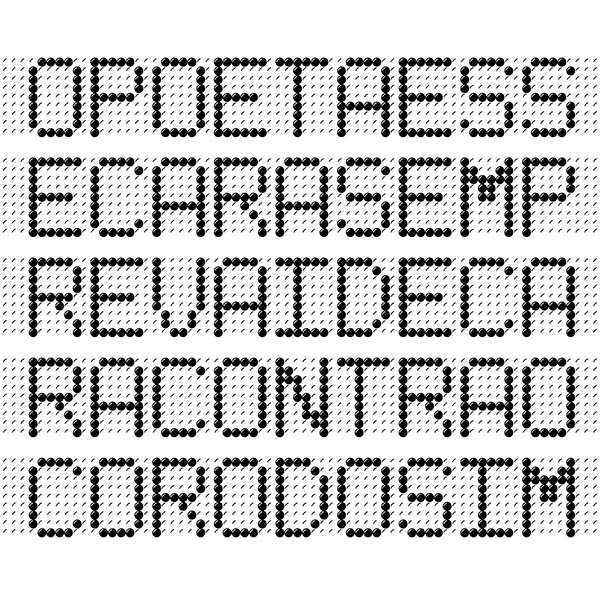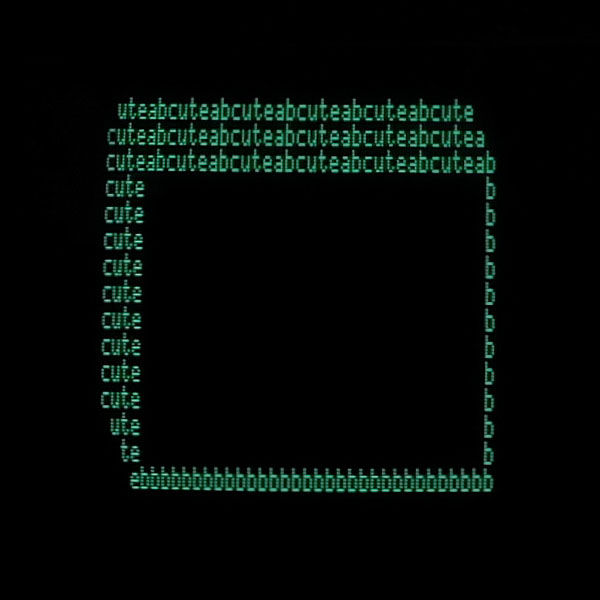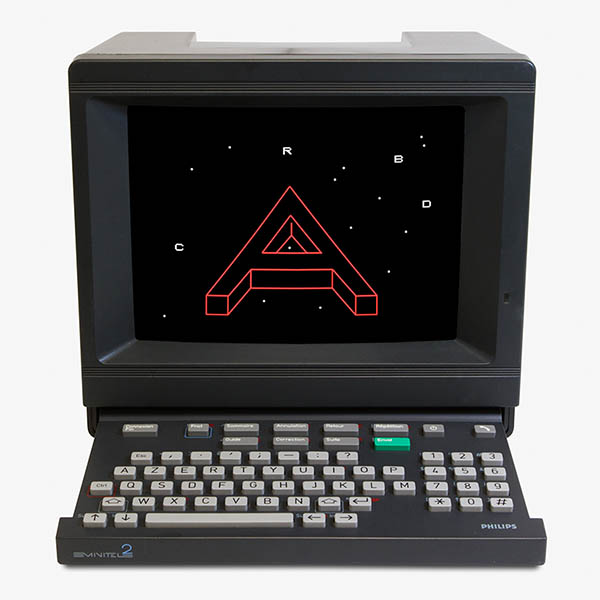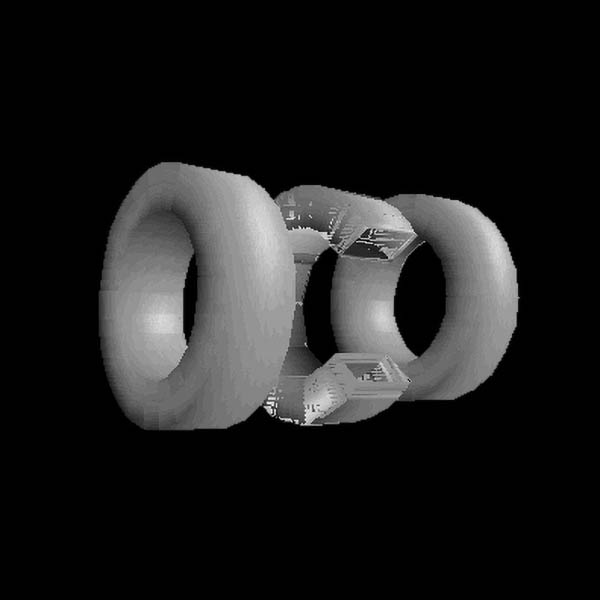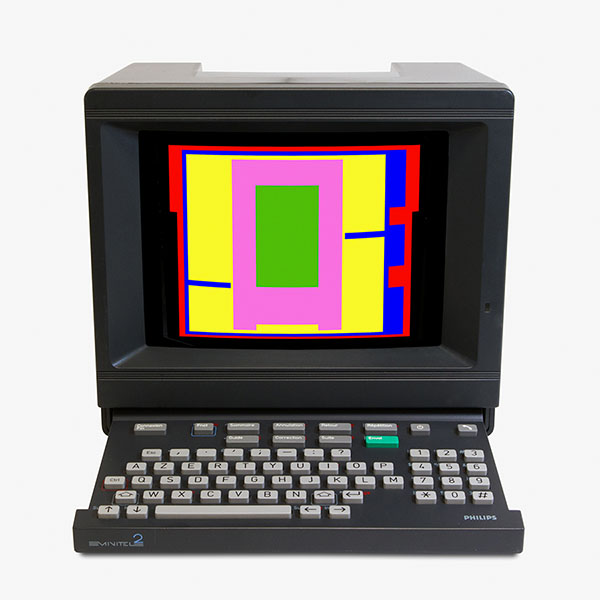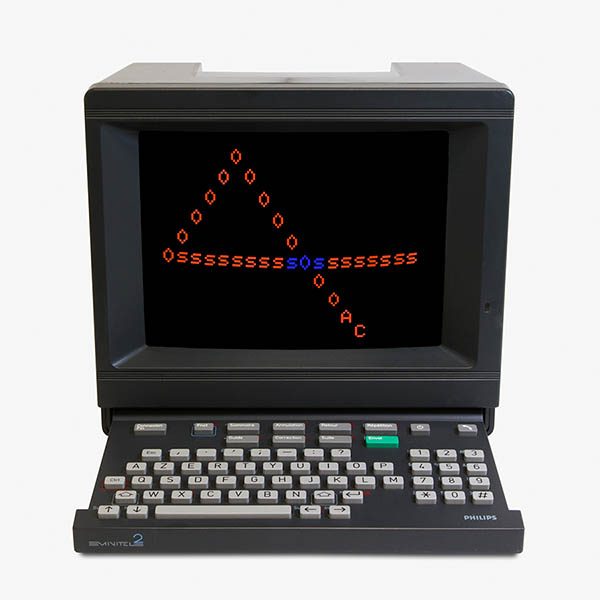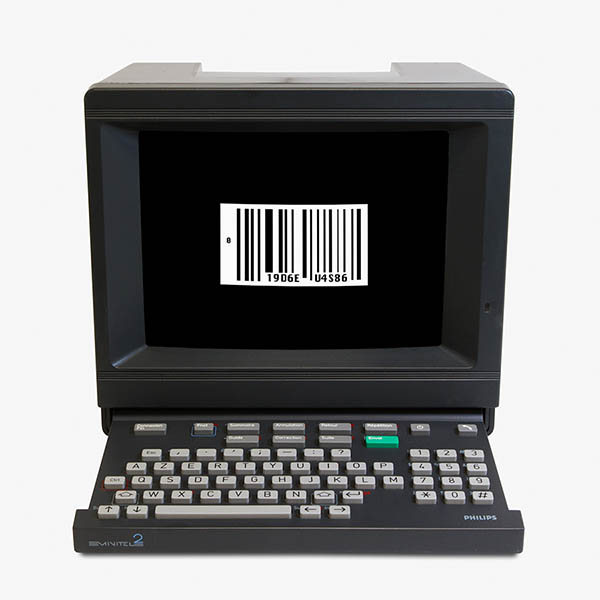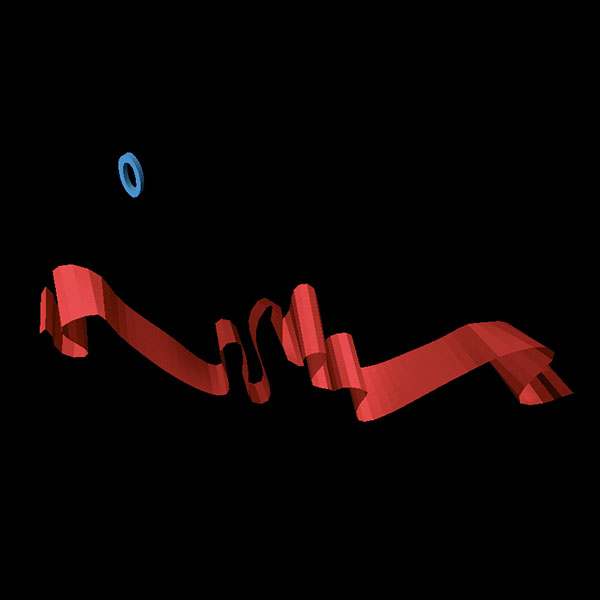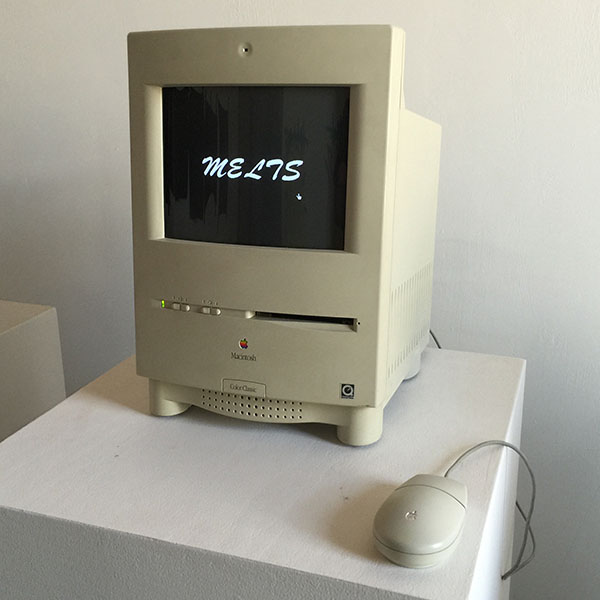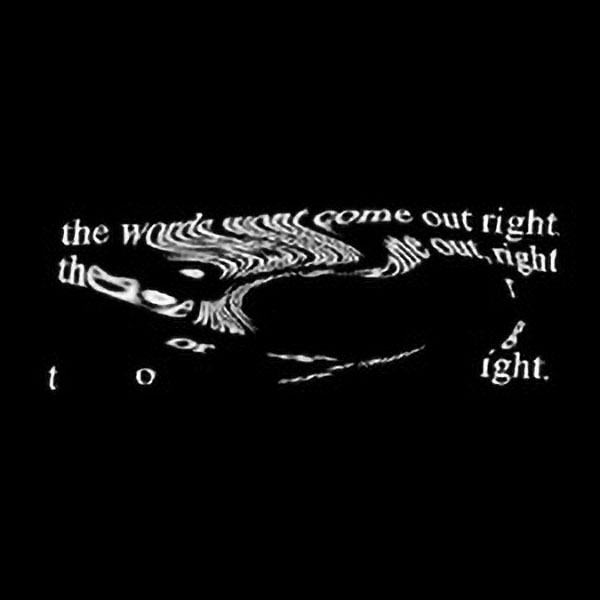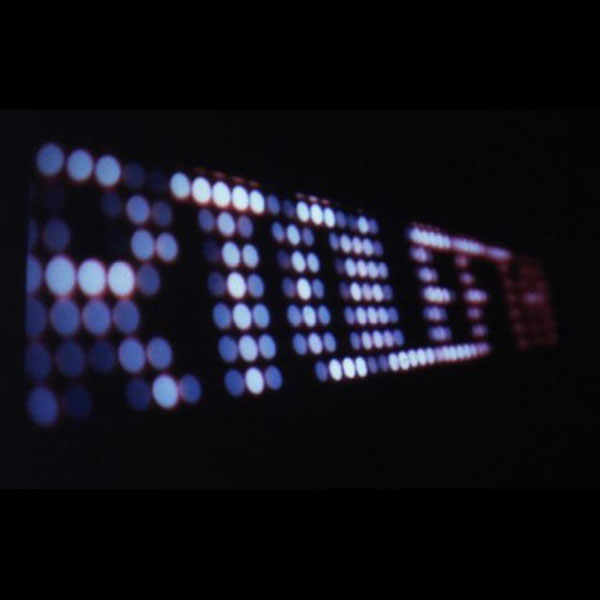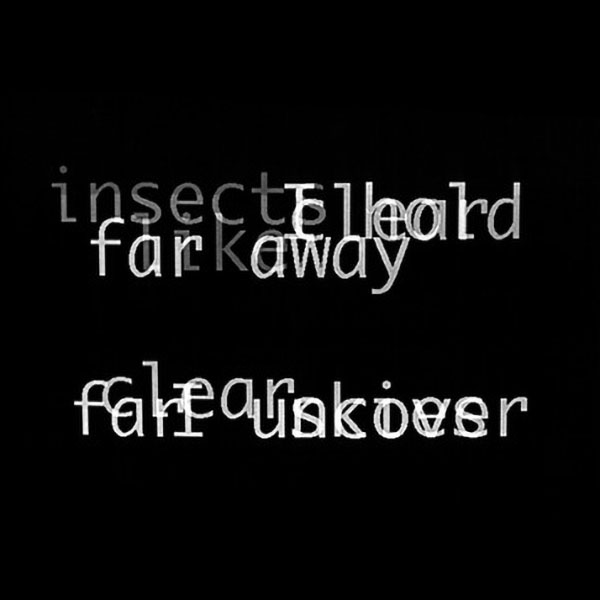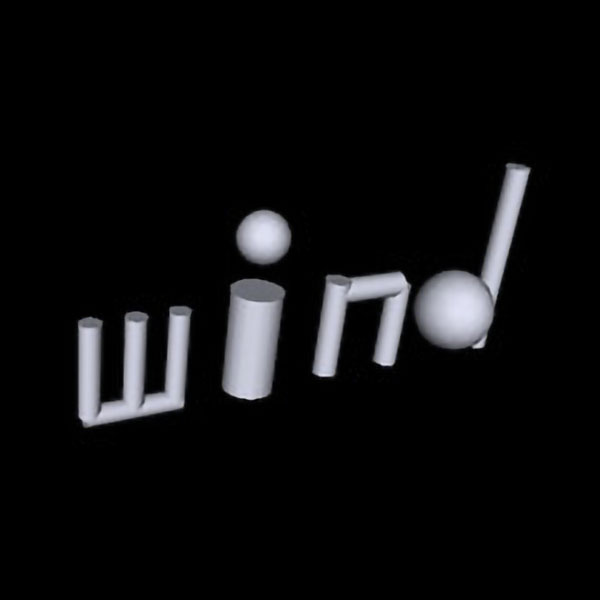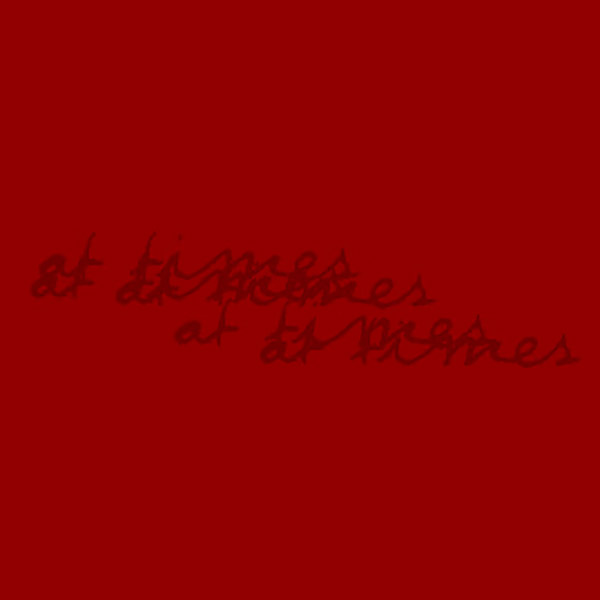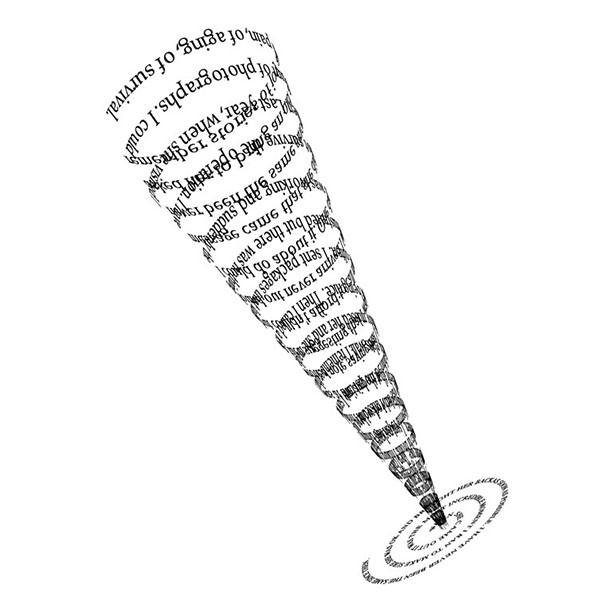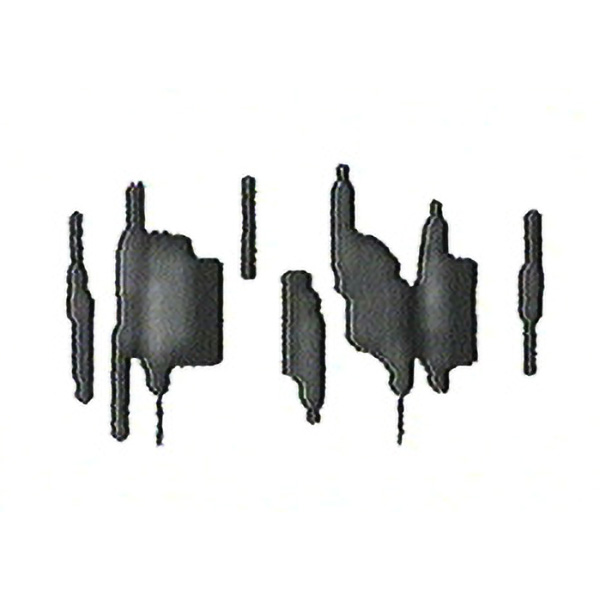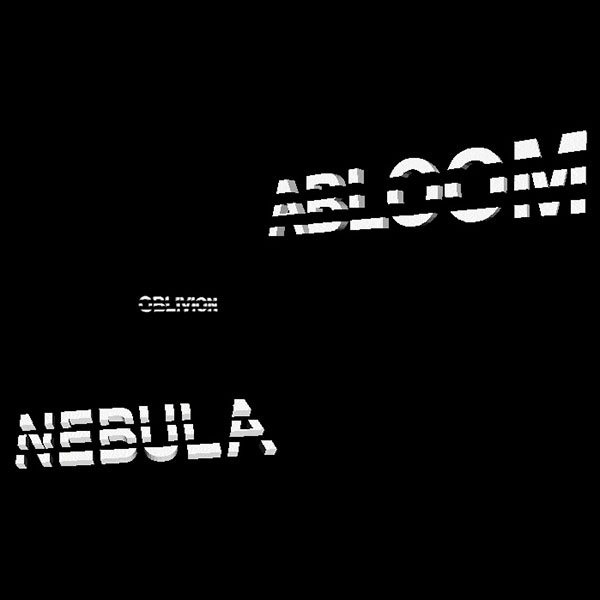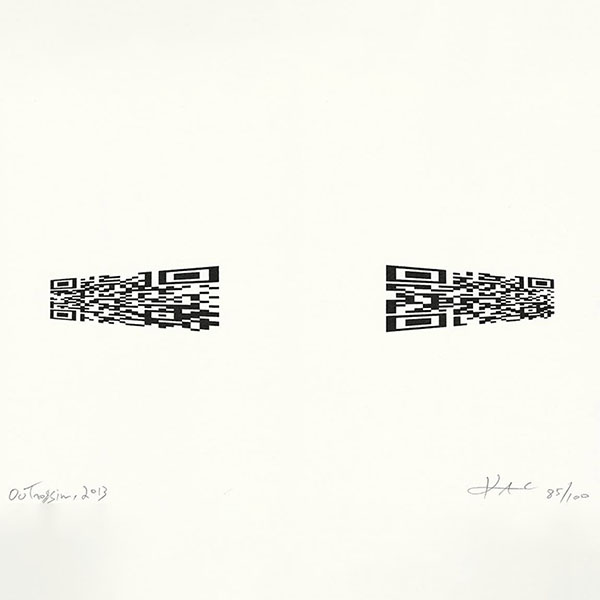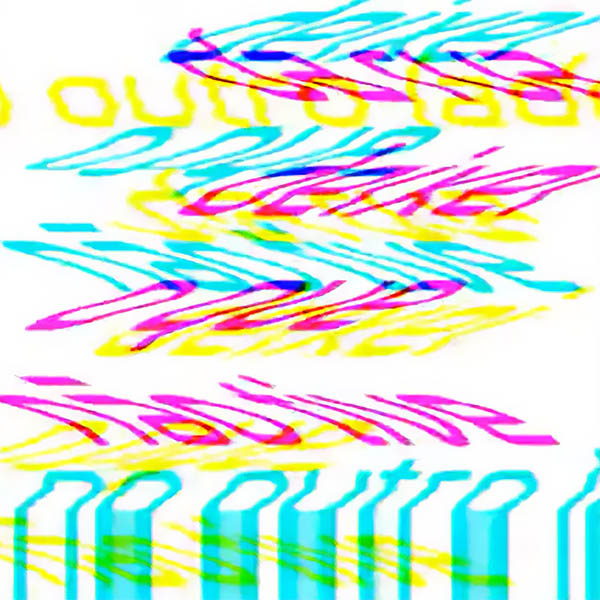1998/99
This is the first poem written specifically for Internet 2. The poem is a world with 24 avatars, each a different word. Each reader, in order to read the poem, must establish his or her own presence in this textworld through a verbal avatar. As remote participants choose a word and log on with their word-avatar, they contribute with their word choices to determine the semantic sphere of that particular readerly experience. Once in the world, they make decisions about where to go. In so doing, they move towards or away from other words (i.e., towards or away from other participants), producing a syntax of transient meanings based on the constant movement, as well as the approximation and isolation of the words. For example: the word “blood” moving towards the word “abloom” has a very different meaning from the word“titanium” moving away from the word “violet”. Here is the complete list of avatars readers may choose from: abloom, blood, canyon, daze, eleventh, fabric, grace, hour, ion, jet, kayak, lumen, mist, nebula, oblivion, pluvial, quanta, radial, sole, titanium, umbra, violet, xeric, year, zenith. This poem was experimentally read online throughout 1999 using a special server in the Art and Technology Department of The School of the Art Institute of Chicago.
